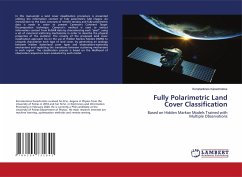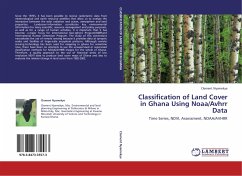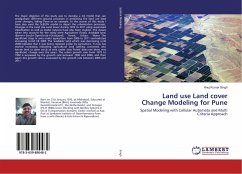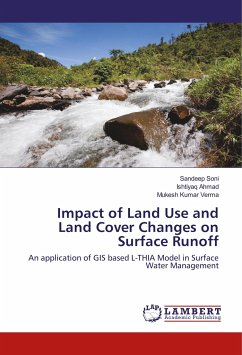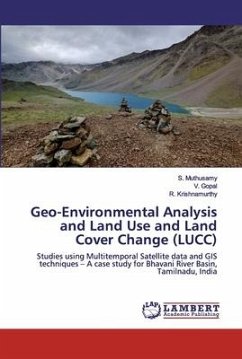In this manuscript a land cover classification procedure is presented utilizing the information content of fully polarimetric SAR images. An introduction to the basic concepts of remote sensing and fully polarimetric data is made in order to present Cameron's Coherent Target Decomposition technique. Cameron's method is used to extract information content from PolSAR data by characterizing each "pixel", using a set of canonical scattering mechanisms in order to describe the physical properties of the scatterer. The novelty of the proposed land cover classification approach lies on the use of Hidden Markov Models (HMM) to uniquely characterize each type of land cover, by generating an analogy between hidden states-land cover types and observations-scattering mechanisms and exploiting the transitions between scattering mechanisms in each region. The classification process is based on the likelihood of observation sequences been evaluated by each model.
Bitte wählen Sie Ihr Anliegen aus.
Rechnungen
Retourenschein anfordern
Bestellstatus
Storno

